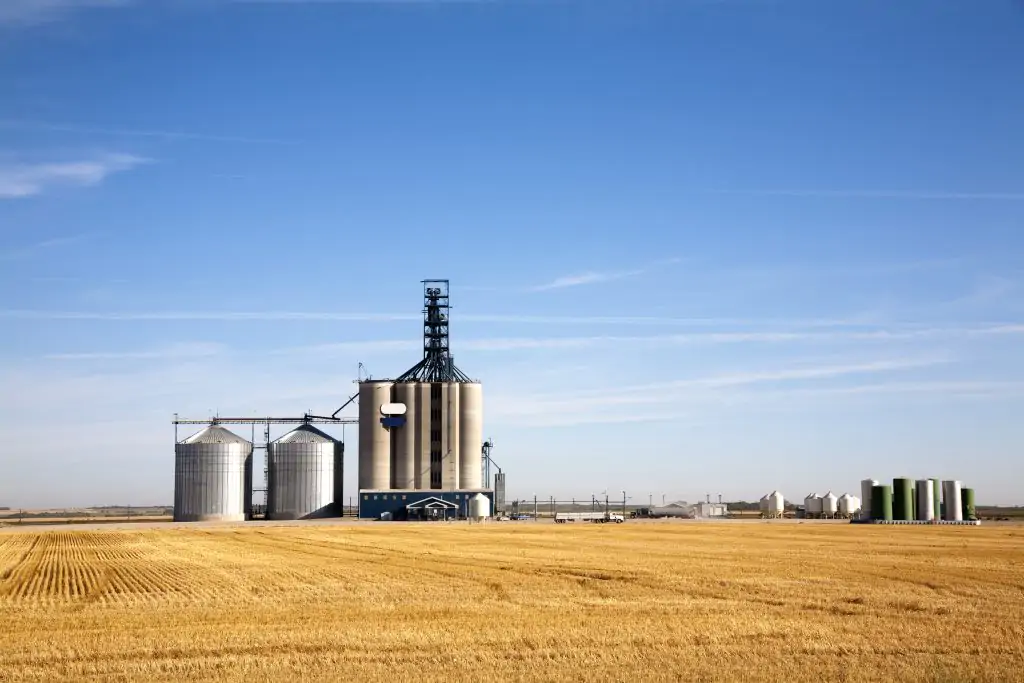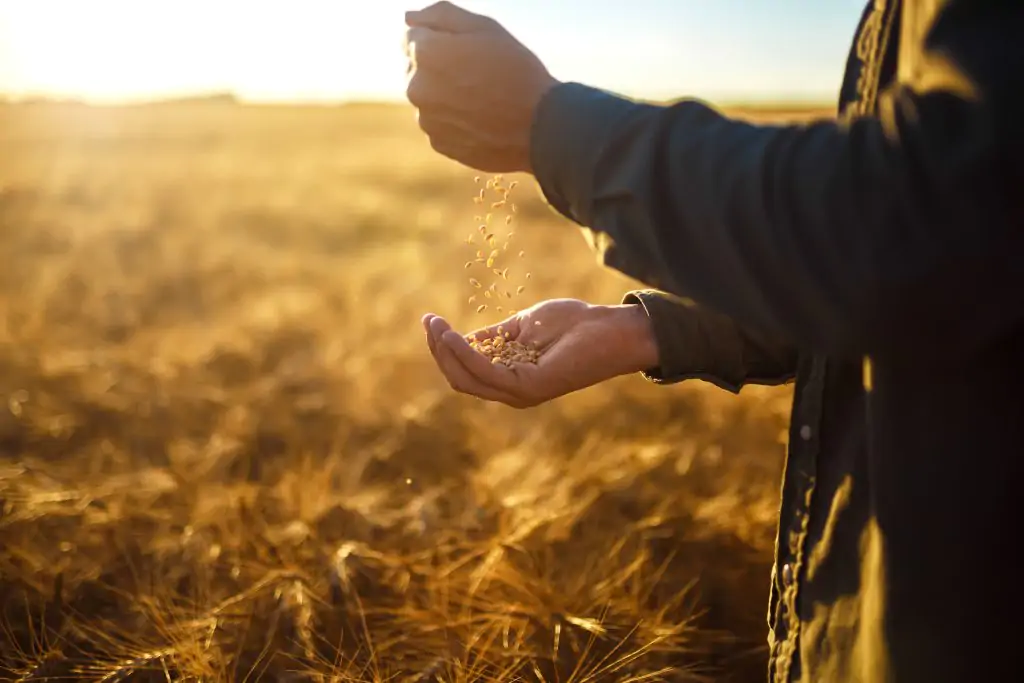Soon after installing Bin-Sense Live, one Saskatchewan family was alerted during their Florida vacation that temperatures were increasing in their grain bins. With the help of friends at home, they were able to save 5,000 bu of canola from spoilage.

The Challenge
That’s what Blake Bergen of 3B Acres in Drake, SK discovered in fall 2019 when his Florida vacation was interrupted by news that a canola bin was heating up. “That bin was not top-of-mind among riskier bins. We thought we had that one well looked after so it surprised us when we got the alert,” he said.

The solution
The Bergens took a proactive approach through grain drying and monitoring. “We thought the odds of having something happen, just the way the crops were looking, were pretty good. We knew if we had a train wreck, we’d buy a system so it wouldn’t happen again, so why not buy the system before the train wreck and then it pays for itself?”
In the summer of 2019, their Bin-Sense dealer, Flaman, installed a Live system. Moreover, among their 200,000 bu of monitored grain storage, they also have 42,000 bu worth of hopper bins connected to supplemental heat air drying with temperature and moisture cables monitored by Bin-Sense Live.
“I look at grain monitoring as a solid return on investment.”
Blake Bergen of 3B Acres in Drake, SK
The Results
Bin-Sense Live’s communicating technology became critical later that fall.
“We had a two-week vacation to Florida with our extended family,” said Bergen. “On day one after landing, we got a chirp on our phone that a bin of canola had increased in temperature. We decided to watch it for two or three days and could see a constant climb of 1 to 1.5 degrees every day. We phoned home and asked some friends to take a semiload out of the bin. They took it to the elevator and we saved that bin of canola.”
Even though heat rose in the smallest of bins, the save justified the cost of monitoring the entire yard. “There are lots of misconceptions out there about spoilage and the size of bin,” said Bergen. “I look at grain monitoring as a solid return on investment,” noting that he paid upwards of $17,000 for the system. Saving 5,000 bu of canola, Bergen estimates Bin-Sense Live paid for itself twofold.
He doesn’t spend much time reconsidering the choice between Bin-Sense Live and systems where one must check grain on foot. “You can hem and haw about the investment when you have the capability to check your bins manually, but you still have to make a point of doing it. We have 30 bins on the system so it’s more than a three-minute job. It’s a lot of plugging in and downloading. It’s nice to just bring everything up on your phone or your computer and read the colour-coded heatmaps. It’s quick to interpret and see what’s going on.”
So how to thank colleagues who have rescued valuable crops? Blake Bergen squared up, returning from Florida bearing gifts of fine imported bottles. Adding the cost to the grain monitoring bill, he still came out ahead.